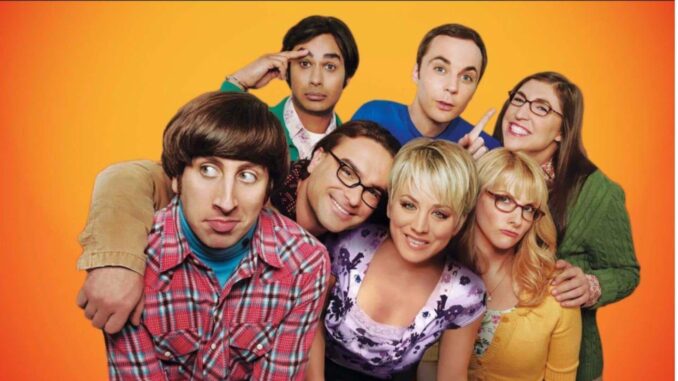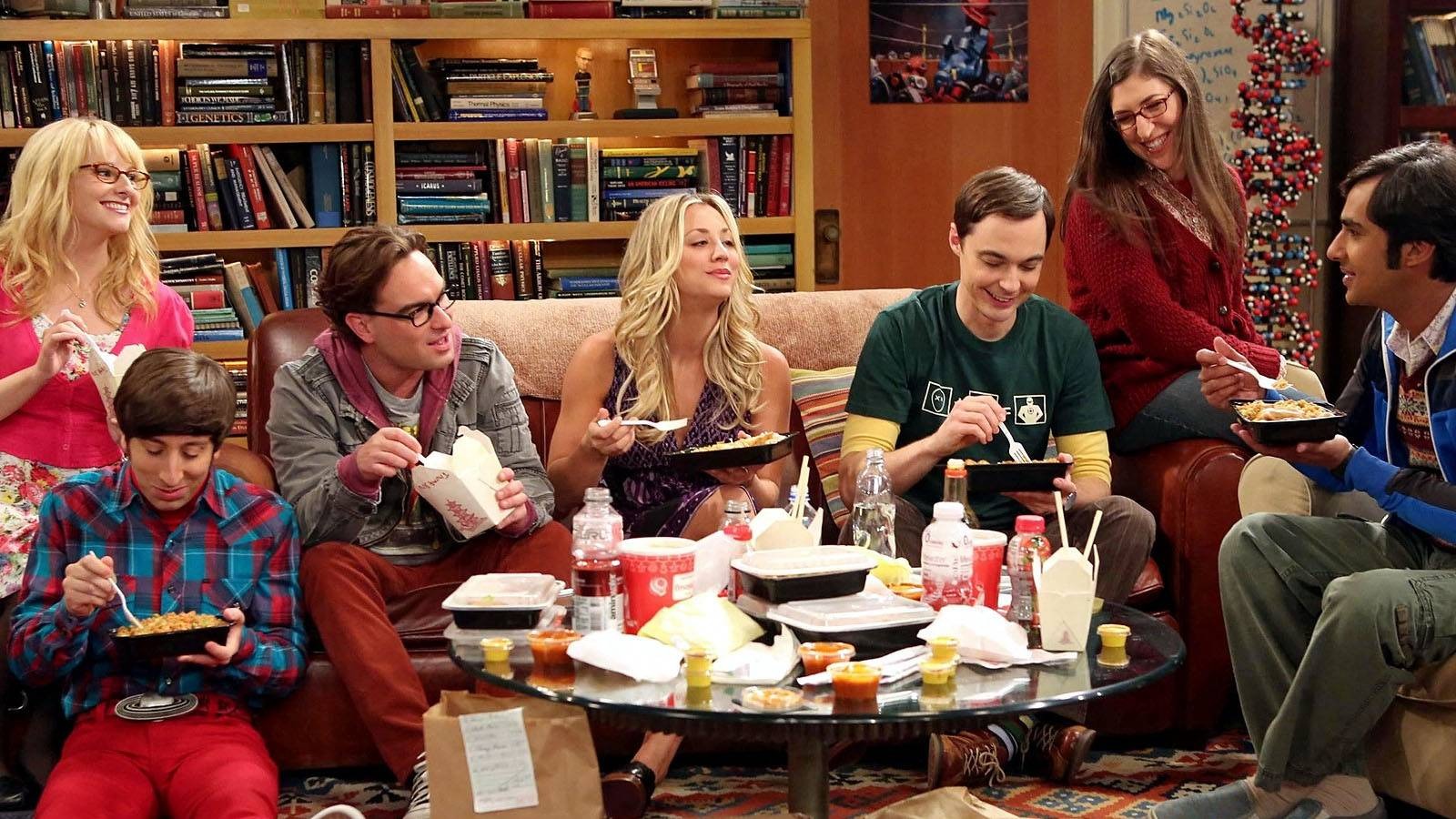
Few shows in television history have achieved the global phenomenon status of The Big Bang Theory. For 12 seasons, the CBS sitcom dominated ratings, created unforgettable catchphrases, and turned nerd culture into mainstream entertainment. But behind all the laughter, quirky science jokes, and iconic apartment scenes, there was a world of fascinating filming secrets that helped shape its success.
Let’s pull back the curtain and explore the hidden details, clever production tricks, and genius creative choices that made The Big Bang Theory one of the most successful sitcoms ever made.
A Sitcom That Changed Television Comedy Forever
Before The Big Bang Theory, sitcoms often revolved around family life or workplace drama. But this show flipped the script. It brought a group of socially awkward scientists to the spotlight and made brainy jokes cool again.
The combination of witty writing, smart humor, and heartfelt friendships made it stand out. Yet, the magic wasn’t just in the script — it was in how the show was filmed.
The Magic of a Live Audience
Unlike many modern sitcoms that use canned laughter, The Big Bang Theory was filmed in front of a live studio audience at Warner Bros. Studios in Burbank, California.
The cast performed each scene multiple times, adjusting timing and delivery based on audience reactions. That laughter you hear? It’s real. Fans were invited to attend, often waiting hours for a seat in the audience, where they got to watch full performances from the cast.
It gave the show an energy that couldn’t be faked — and helped actors fine-tune their comedic rhythm.
Filming Took Almost an Entire Night
Each 22-minute episode could take up to five hours to film. Between multiple takes, rewrites, and technical adjustments, the production schedule was intense.
The cast would arrive early to rehearse scenes, and filming would usually start around 6 p.m. Some episodes wrapped as late as midnight!
The long nights were worth it — ensuring every joke landed perfectly and every scene flowed seamlessly.
The Apartment Layout Was Genius-Level Design
Ever notice how you can see all the key characters from almost every camera angle in Sheldon and Leonard’s apartment? That’s no accident.
The set was designed with open walls and strategic camera placements to allow smooth transitions during multi-camera filming. The kitchen, couch area, and hallway were all aligned to keep the characters visible in a single shot.
It was a masterclass in sitcom staging — something even seasoned Hollywood producers praised.
Real Science, Real Equations
Here’s a detail most fans missed: all the formulas and equations on Sheldon and Leonard’s whiteboards were real scientific notations.
The production hired David Saltzberg, a UCLA physics professor, as the show’s technical advisor. He ensured that the science in each episode was accurate. From quantum mechanics to theoretical physics, every scribble was authentic.
That realism gave the show credibility among scientists — and it became a signature part of its identity.
The Cheesecake Factory Wasn’t What You Think
Penny’s workplace, The Cheesecake Factory, wasn’t filmed in a real restaurant. The scenes were shot on a carefully designed set made to mimic the real chain’s décor — complete with fake desserts and menus.
Kaley Cuoco (Penny) once revealed that she never ate any of the food on set because it was constantly reused between takes — often for days!
The Broken Elevator: A Genius Production Shortcut

One of the show’s most iconic running gags is the perpetually broken elevator. But did you know it wasn’t just for laughs?
The real reason behind it was practical — it simplified filming. By having the elevator out of order, the show forced characters to take the stairs, giving them more time to deliver witty dialogue and build tension during those famous hallway scenes.
It became such a staple that the writers eventually created an emotional backstory explaining why it broke.
Jim Parsons Never Watched Sci-Fi
It’s hard to believe, but Jim Parsons, who played the sci-fi-obsessed Sheldon Cooper, had never watched Star Trek or Doctor Who before joining the show.
Despite that, his performance was so convincing that even die-hard fans of those franchises praised his authenticity. Parsons said he simply studied the scripts carefully and committed to Sheldon’s passion — proving that acting brilliance beats pop culture knowledge any day.
Kaley Cuoco’s Injury Rewrote an Episode
In 2010, Kaley Cuoco suffered a serious horseback riding accident that broke her leg. Instead of writing Penny out, producers came up with a clever workaround: she was filmed sitting behind the Cheesecake Factory bar or standing behind counters to hide her cast.
It’s one of those small production secrets that fans rarely notice but shows the flexibility of a skilled production team.
Leonard and Penny’s Chemistry Was Real
The chemistry between Leonard (Johnny Galecki) and Penny (Kaley Cuoco) wasn’t just acting — it came from real life. The two dated secretly for two years during the early seasons.
They kept their romance private to avoid disrupting the show’s dynamic, but their genuine affection translated beautifully on-screen. That authenticity made their love story one of the most relatable parts of the series.
Sheldon’s Catchphrase ‘Bazinga!’ Was Almost Never Used
It’s hard to imagine The Big Bang Theory without Sheldon’s legendary “Bazinga!” — but it almost didn’t exist.
Writer Stephen Engel coined the term as a prank word used around the writers’ room. When Parsons delivered it on set, the word instantly became a hit, making its way into pop culture and even onto official NASA missions (yes, really — there’s a fruit fly named “Bazinga” in its honor!).
Amy Farrah Fowler’s Entrance Was a Game Changer
Mayim Bialik’s introduction as Amy in Season 3 completely changed the show’s tone. She wasn’t just another character — she became the missing puzzle piece to Sheldon’s emotional growth.
Interestingly, Bialik herself holds a Ph.D. in neuroscience, making her the only cast member with a real scientific background. This connection gave authenticity to her performance and deepened the show’s scientific foundation.
Howard’s Mother: The Invisible Legend
Howard’s mother, Mrs. Wolowitz, was one of the show’s funniest characters — yet she was never seen.
Voiced by Carol Ann Susi, her booming voice became iconic. The choice to keep her off-screen added mystery and humor, letting viewers imagine her larger-than-life presence. After Susi’s passing in 2014, the show paid tribute to her with one of its most emotional episodes.
Filming ‘The Big Bang Theory’ Finale Was Emotional for Everyone
When filming wrapped in 2019, the final episode shoot turned into an emotional night for both cast and fans.
The producers kept the finale under strict secrecy, and even audience members had to sign confidentiality agreements. As the last “Bazinga” echoed through the studio, many cast members — including Cuoco and Parsons — were in tears.
It wasn’t just the end of a show. It was the end of an era that redefined sitcom television.
A Set Full of Easter Eggs
Every corner of Sheldon and Leonard’s apartment held hidden details: comic book posters, science memorabilia, and real references to scientific discoveries.
The props team even rotated the collectibles between episodes to reflect the characters’ evolving interests. Fans who paid attention noticed subtle nods to real physics theories, Marvel comics, and even Doctor Who Easter eggs.
Why The Show’s Theme Song Was a Masterstroke
The theme song, “The History of Everything” by Barenaked Ladies, perfectly captured the show’s energy. Interestingly, the band almost said no — until they realized how much the song’s lyrics aligned with the show’s concept.
The tune became instantly recognizable worldwide, helping brand The Big Bang Theory as the ultimate “smart comedy.”
How The Cast’s Real Friendship Fueled Its Success
Off-screen, the cast shared a genuine bond. They celebrated birthdays together, supported each other through major life moments, and often stayed on set long after filming just to hang out.
This real friendship translated to natural on-screen chemistry — the key ingredient that made audiences feel like part of their group.
Conclusion
The success of The Big Bang Theory wasn’t just about brilliant writing or perfect casting — it was about attention to detail, authenticity, and love for the craft. From real physics equations to emotional storytelling, every choice was intentional.
Behind every laugh track was a team of talented people working tirelessly to make sure every moment felt genuine. And that’s why, even years later, The Big Bang Theory remains a timeless masterpiece of television comedy.
It wasn’t just science that made it work — it was heart.
